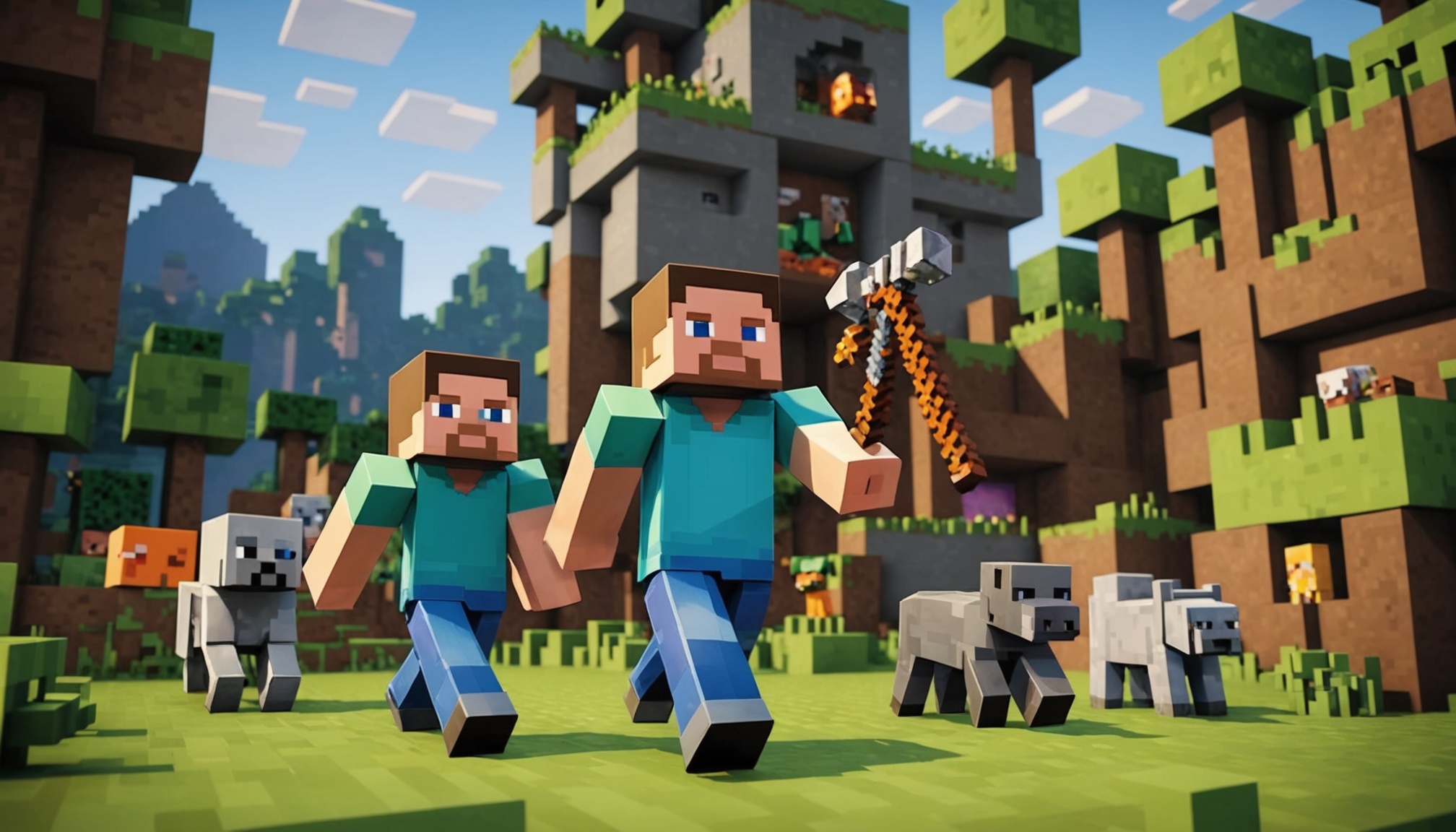Renting a Minecraft server opens up a world of possibilities for gamers, whether for casual play or vibrant communities. Understanding the features, pricing, and options available can significantly enhance your gaming experience. This guide walks you through essential details, from choosing a hosting provider to optimizing performance, so you can quickly set up and enjoy your perfect Minecraft realm. Dive in and elevate your gameplay today!
Overview of Renting a Minecraft Server
Renting a Minecraft server offers numerous benefits, particularly in contrast to self-hosting. It eliminates the hassle of maintaining hardware and ensures a stable and high-performance gameplay experience. This page details options available on https://www.oxygenserv.com/en/hosting/minecraft-server/, showcasing incentives and hosting solutions designed to elevate your Minecraft sessions. Rental services provide infrastructure for both Java and Bedrock editions, ensuring compatibility with various mods and plugins.
In parallel : Tackling the Challenges: Essential Insights for Developing Games on Hybrid VR/AR Platforms
Financial considerations are crucial when exploring server hosting. Generally, rental costs correlate with RAM allocation; more RAM allows for smoother operations, essential for modded servers or larger player groups. Promotions like a 25% discount on the first bill offer initial savings, however, ongoing costs remain tied to the server’s specifications.
Diverse types of Minecraft servers can cater to different play styles, from small private realms to extensive multiplayer worlds. Rental services simplify server setup and management, offering robust security, reliable uptime, and support. Such features ensure that hosted environments remain secure and responsive, supporting an uninterrupted gaming journey.
In parallel : Key Elements in Designing Realistic NPC Actions for Immersive Sandbox Games
Popular Minecraft Hosting Providers
Provider Overview
When considering top-rated Minecraft server hosts, it’s essential to weigh factors such as performance, features, and ease of use. Providers like OxygenServ stand out with enterprise hardware featuring Intel Xeon CPUs, DDR4 RAM, and SSDs, ensuring smooth gameplay even for demanding modded setups. With data centers across Europe, North America, and Australia, these hosts guarantee low latency and high availability, crucial for a seamless multiplayer experience.
Features and Performance
Whether renting a Minecraft server for modded gameplay or simple worlds, features such as one-click modpack installations and automated backups are necessary. Providers like ScalaCube and GPORTAL offer robust features, including unlimited slots and quick server deployment under five minutes. Performance is further enhanced by DDoS protection and 24/7 support, which are must-haves to maintain uptime and reliability. Offering free subdomains helps simplify player connectivity.
User Reviews and Testimonials
User feedback often highlights the affordability and reliability of providers like ScalaCube, where customers appreciate the swift setup and minimal downtime. The ability to easily switch server versions and access numerous modpacks is frequently praised, enhancing the customization of gameplay experiences. Reviews also underscore responsive customer service, helping address issues swiftly and maintaining a high-quality gaming environment.
Setup and Configuration of Minecraft Servers
Step-by-Step Setup Guide
Setting up a Minecraft server begins with selecting the right hosting provider. Factors such as performance, latency, and ease of setup should guide your decision. Initiate the setup by downloading the necessary server files, often provided by hosting platforms. Most services, like Oxygen, offer a control panel for straightforward management. After installation, configure critical files such as server.properties to define game rules and player limits. Expert platforms simplify this process, sometimes providing one-click installations or integration with popular mods.
Server Control Panel Overview
A robust control panel allows users to manage their server effortlessly, oversee player activities, and modify settings without complex coding. Leading hosts integrate features such as performance monitoring, enabling dynamic adjustments to server resources. This ensures seamless gameplay and high uptime. Among popular platforms, the mobile-friendly interface is highlighted, offering on-the-go server management capabilities.
Managing Server Mods and Plugins
Introducing mods and plugins can greatly enhance gameplay. Many hosts support frameworks such as Bukkit and Spigot, streamlining these additions with user-friendly interfaces. This enables creators to tailor their gaming environments, enhancing user engagement. The install process is typically simplified through drag-and-drop options within the control panel, facilitating exploration and customization without technical hurdles.
Optimizing Minecraft Server Performance
Essential Features for Smooth Gameplay
To ensure a seamless gaming experience, several key features are non-negotiable when choosing a Minecraft server host. Enterprise hardware is crucial—hosts offering low latency connections and high TPS ensure minimal lag during gameplay. Look for a host with one-click modpack installations, as this simplifies adding new features to your server. Comprehensive DDoS protection is also vital, safeguarding your server from malicious interruptions. Additionally, an integrated web-based control panel allows for effortless server configuration.
Technical Requirements and Recommendations
Optimal performance often hinges on meeting specific technical requirements. A minimum of 2GB RAM is recommended for smooth gameplay, particularly for small to mid-sized servers. Choose providers that utilize Intel Xeon CPUs and SSDs. This hardware significantly enhances server reliability and performance, accommodating high player loads efficiently. Ensuring your host supports plugins like Bukkit or Spigot can further tailor the gaming experience to your community’s needs.
Troubleshooting Common Server Issues
Even well-optimized servers encounter issues. Common problems include connection drops, lag, and misconfigurations. Utilizing an automatic backup feature minimizes data loss from unexpected errors. Learning how to manage and restore backups effectively is crucial, as is consulting available video guides and tutorials provided by hosts to resolve frequent issues quickly.











